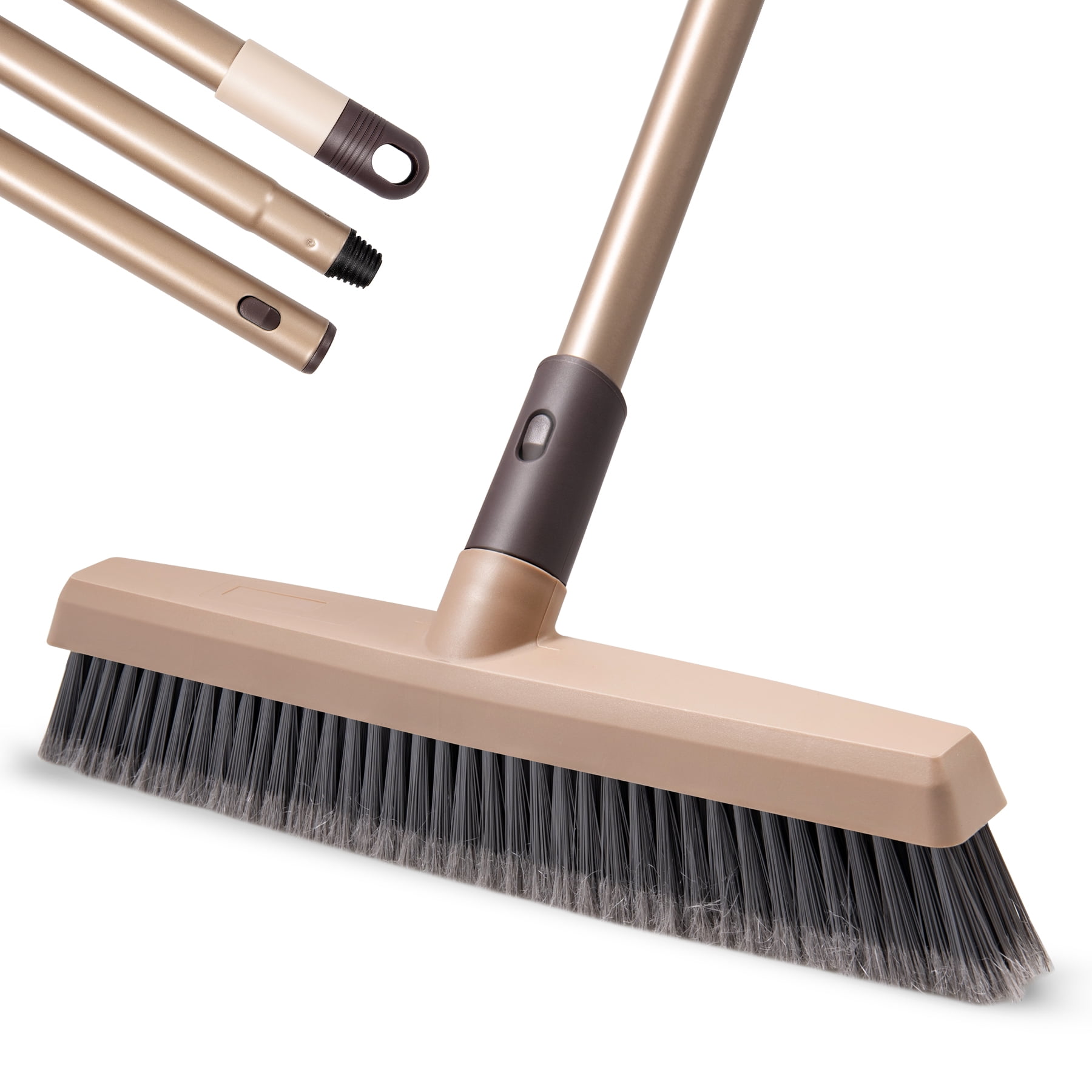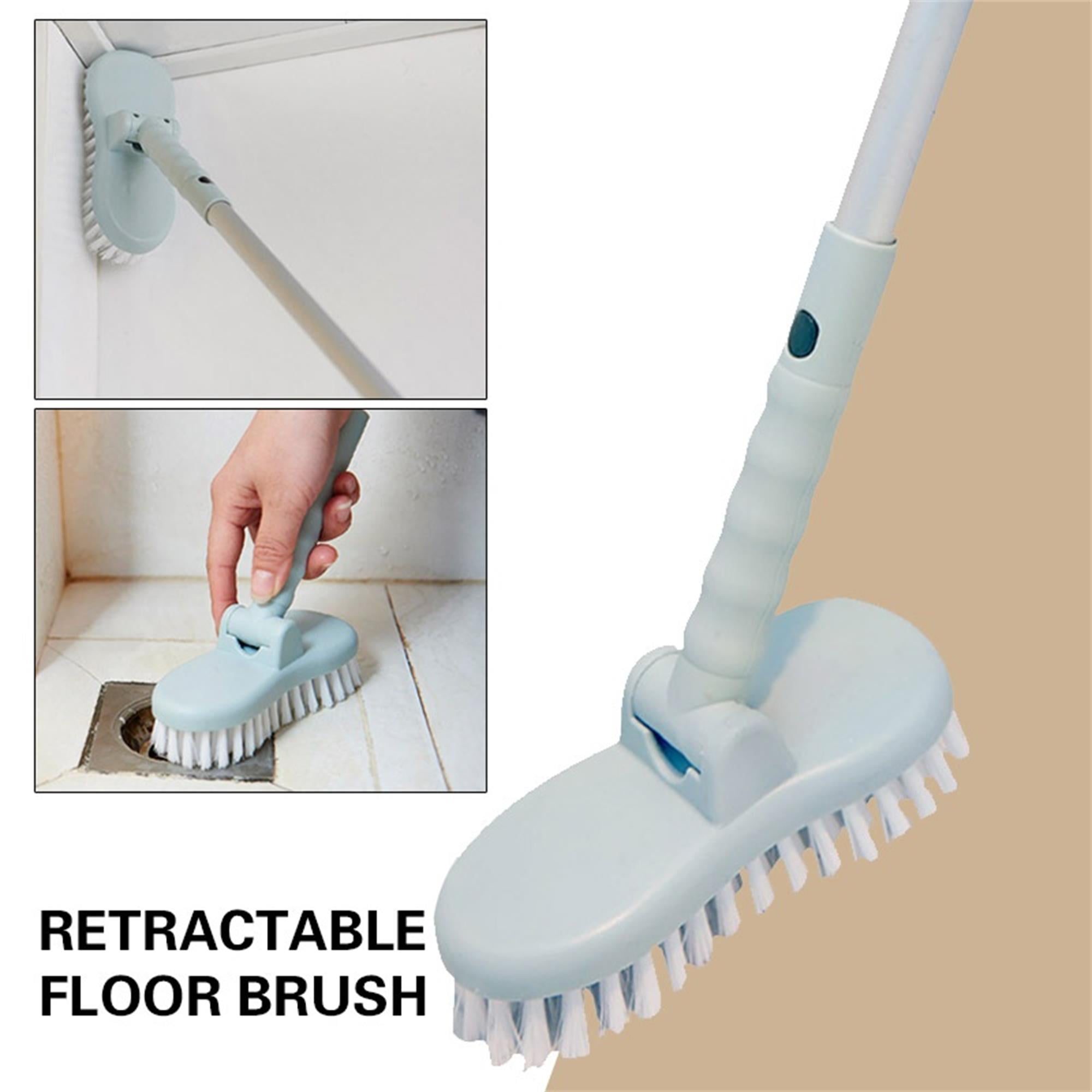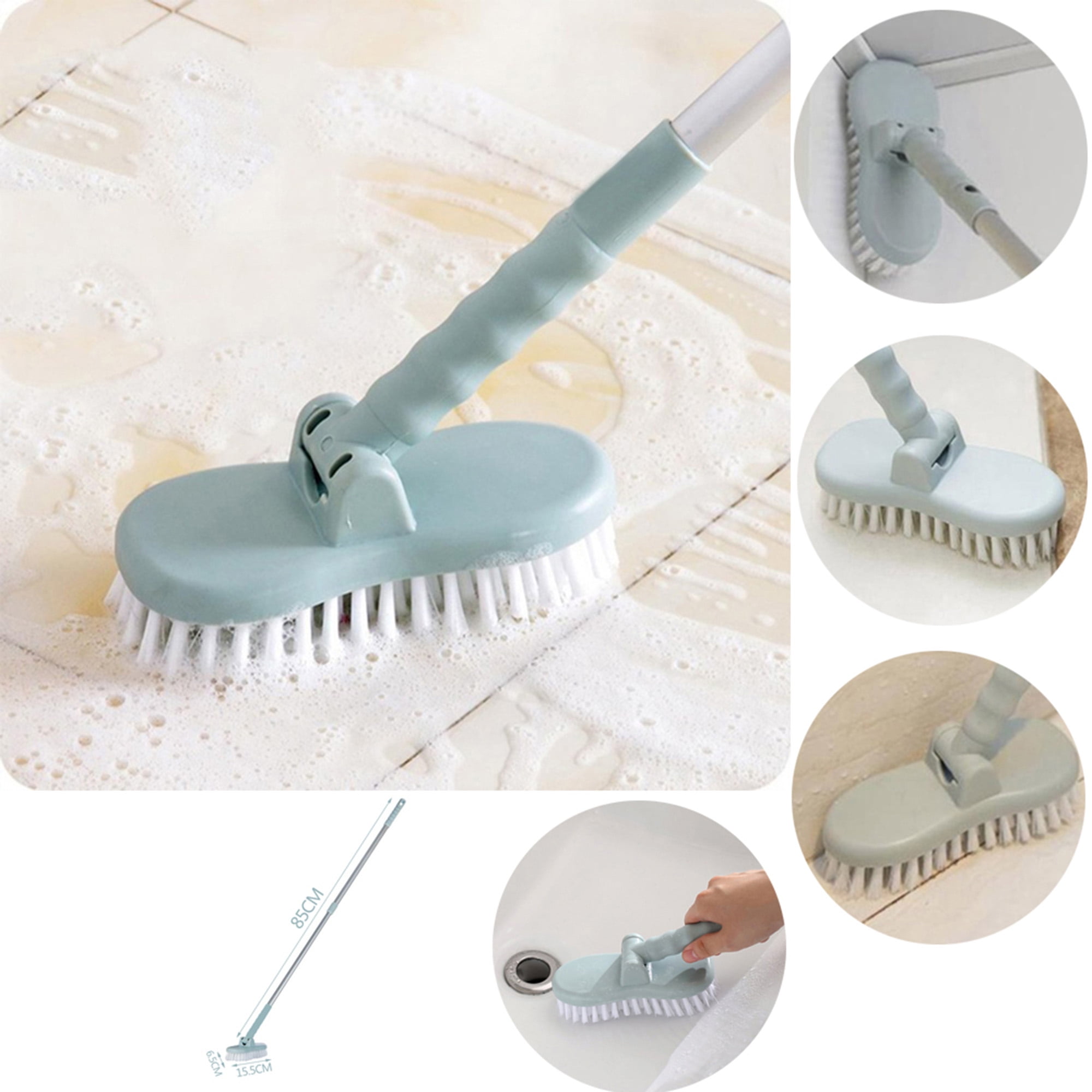Types of Bathroom Floor Brushes

Choosing the right bathroom floor brush is crucial for maintaining a clean and hygienic bathroom. Different types of brushes are designed for specific cleaning tasks and floor materials. Understanding the pros and cons of each type can help you select the best brush for your needs.
Types of Bathroom Floor Brushes
A variety of bathroom floor brushes are available, each with its own unique advantages and disadvantages. Here’s a breakdown of the most common types:
| Brush Type | Material | Pros | Cons | Recommended Use Cases |
|---|---|---|---|---|
| Push Broom | Plastic, wood, metal | Wide coverage, efficient for sweeping up large debris, lightweight, affordable | Not effective for scrubbing, can spread dirt instead of picking it up if bristles are worn | Sweeping up hair, dust, and other loose debris from bathroom floors |
| Scrub Brush | Plastic, nylon, natural fibers | Effective for scrubbing grime and stains, versatile for various floor materials | Can be time-consuming for large areas, may not be suitable for delicate surfaces | Scrubbing grout lines, removing stubborn stains from tile floors, cleaning bathroom fixtures |
| Grout Brush | Plastic, nylon | Specifically designed for cleaning grout lines, narrow head reaches tight spaces | Limited to grout cleaning, may not be suitable for larger areas | Cleaning grout lines, removing mildew and mold from grout |
Choosing the Right Bathroom Floor Brush

Selecting the perfect bathroom floor brush involves more than just picking a random one off the shelf. You need to consider your bathroom floor’s material, the type of dirt you encounter, and your cleaning preferences. This guide will help you navigate the world of bathroom floor brushes and choose the right one for your needs.
Factors to Consider When Choosing a Bathroom Floor Brush
Understanding the key factors will ensure you get the right brush for your bathroom floor:
- Bristle Stiffness: Bristle stiffness is a crucial factor, especially for cleaning stubborn dirt. Soft bristles are suitable for delicate surfaces like wood or laminate flooring, while stiffer bristles are ideal for removing grime from tile or vinyl.
- Handle Length: Handle length is a matter of personal preference and convenience. Shorter handles are ideal for smaller bathrooms, while longer handles are perfect for reaching under furniture or cleaning larger areas.
- Additional Features: Some brushes come with additional features like built-in squeegees for water removal, spray bottles for applying cleaning solutions, or scrubbers for tackling tough stains. These features can significantly enhance your cleaning experience.
Choosing the Right Brush Based on Bathroom Floor Material
The type of floor material in your bathroom plays a significant role in choosing the right brush:
- Tile: For tile floors, a brush with stiff bristles is ideal for removing dirt and grime from grout lines. A brush with a built-in squeegee can also be helpful for quickly drying the floor after cleaning.
- Vinyl: Vinyl floors are generally more forgiving than tile, so a brush with medium-stiff bristles is suitable. A brush with a built-in spray bottle can be helpful for applying cleaning solutions directly to the floor.
- Wood: Wood floors are delicate and require a gentle approach. A brush with soft bristles is essential to avoid scratching the surface.
- Laminate: Laminate floors are similar to wood floors and require a brush with soft bristles. A brush with a built-in squeegee can be helpful for quickly drying the floor after cleaning.
Flowchart for Choosing the Right Bathroom Floor Brush
This flowchart provides a step-by-step guide to help you choose the right brush based on your bathroom floor type and cleaning needs:
Step 1: Identify your bathroom floor material.
Step 2: Determine your cleaning needs (e.g., general cleaning, deep cleaning, removing tough stains).
Step 3: Choose the appropriate bristle stiffness based on your floor material and cleaning needs.
Step 4: Select the handle length based on your bathroom size and cleaning preferences.
Step 5: Consider additional features like built-in squeegees, spray bottles, or scrubbers based on your cleaning preferences.
Effective Bathroom Floor Cleaning Techniques: Brush For Bathroom Floor

A bathroom floor brush is a crucial tool for maintaining a clean and hygienic bathroom. It effectively removes dirt, grime, and other debris from the floor, ensuring a sparkling clean environment. Using a brush in conjunction with appropriate cleaning solutions and techniques can help you achieve optimal cleaning results.
Pre-Treatment with Cleaning Solutions, Brush for bathroom floor
Before scrubbing the floor, it’s crucial to pre-treat it with a suitable cleaning solution. This step helps loosen dirt, grime, and soap scum, making them easier to remove during the scrubbing process.
- For general cleaning, a solution of warm water and a mild bathroom cleaner is usually sufficient.
- For tougher stains, you can use a stronger cleaner, such as a bleach-based solution or a commercial bathroom cleaner.
- Ensure the cleaner you choose is appropriate for your bathroom floor material.
Proper Scrubbing Techniques
The scrubbing technique plays a significant role in achieving a clean and sanitized bathroom floor.
- Use firm, even strokes, applying pressure to the brush.
- Focus on areas with more dirt and grime, scrubbing them thoroughly.
- Pay attention to corners and edges, as these areas often accumulate dirt.
- For stubborn stains, use a circular motion with the brush.
Rinsing Methods
After scrubbing, it’s essential to rinse the floor thoroughly to remove any remaining cleaning solution and debris.
- Use a bucket of clean water and a mop or sponge to rinse the floor.
- Repeat the rinsing process until all traces of cleaning solution are gone.
- Ensure the floor is completely dry before using it.
Visual Infographic for Different Bathroom Floor Materials
Infographic: Scrubbing Techniques for Different Bathroom Floor Materials
[Insert Image Here]
This infographic demonstrates the appropriate scrubbing techniques for different bathroom floor materials. The image depicts:
- Ceramic Tiles: Use a firm, back-and-forth motion with a brush, focusing on grout lines.
- Vinyl Floors: Use a gentle, circular motion with a soft-bristled brush to avoid scratching.
- Natural Stone Floors: Use a soft-bristled brush and a cleaning solution specifically designed for natural stone. Avoid harsh scrubbing, as it can damage the surface.
- Wood Floors: Use a soft-bristled brush and a cleaning solution specifically designed for wood floors. Avoid soaking the floor with water, as it can damage the wood.
